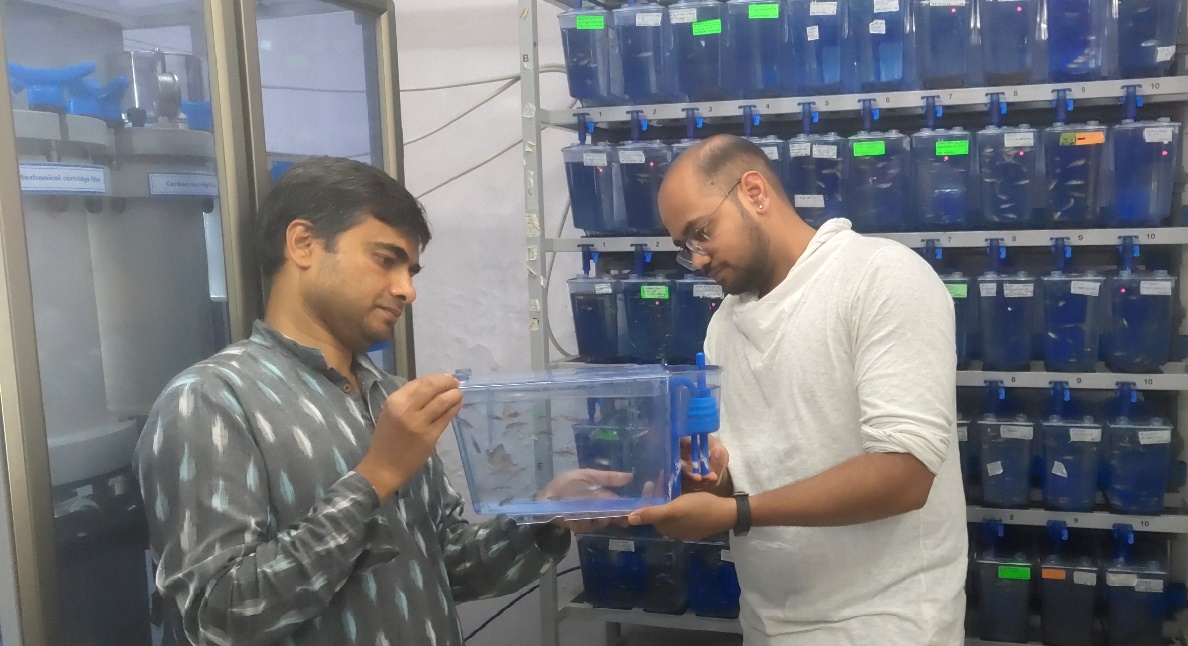A newly found bimetallic highly potent antitumor agent that inhibits new blood vessel development (antiangiogenic) can help treat cancer cases that become resistant to platinum drugs commonly used for tackling the disease.
Platinum drugs are the frontline treatment option for many cancers. But their broad applicability is severely limited due to the fast development of resistance against these drugs. Several platinum-based anticancer drugs, including cisplatin, carboplatin, oxaliplatin, nedaplatin, and lobaplatin, are the frontline treatment options for various cancers. Unfortunately, the acquired or intrinsic resistance significantly limits the uses of platinum-based treatment.

Scientists from Agharkar Research Institute (ARI), Pune, an autonomous institute of the Department of Science and Technology, have discovered a Ruthenium−Ferrocene Bimetallic agent that shows a highly potent antitumor effect in platinum-resistant cancers. The study published in the journal ACS Publication and Translation Science shows the potential therapeutic implications of Ruthenium−Ferrocene Bimetallic agents to manage platinum-resistant cancers.
The new agent is the first rationally designed Ruthenium-Ferrocene bimetallic complex identified to date that possesses low toxicity but both potent antitumor as well as anti-angiogenic properties. The complex can inhibit primary tumor growth and metastasis as well as kill cancer cells efficiently. It functions through a multi-pronged mechanism that can overcome platinum resistance and stop angiogenesis.
The scientists had been designing and investigating platinum-ferrocene anticancer agents previously and noticed that platinum-resistant cells showed significantly less resistance against this bimetallic derivative as compared to monometallic platinum drugs. Their extensive biological investigations in cellular, as well as on zebrafish, revealed the anticancer and antiangiogenic properties of the agent as well as its low toxicity.
They showed that Ru-Fc (Ruthenium–Ferrocene) hybrid binds to nucleophilic biomolecules and produces reactive oxygen species, which causes mitochondrial dysfunction and induces stress on the Endoplasmic Reticulum (ER) of cells, leading to poly (ADP–ribose) polymerase-mediated cell death.

Scientists are planning to explore the anticancer activity and toxicity of the agent in mammalian systems like mice.
Publication link: https://pubs.acs.org/doi/10.1021/acs.jmedchem.2c01174






























